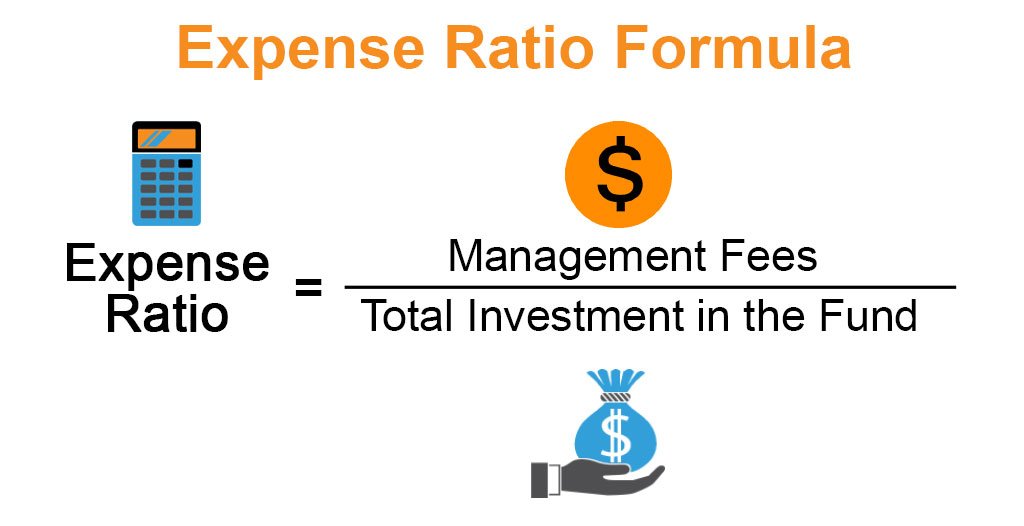When you invest in mutual funds, various fees and charges can nibble away at your returns. One of the most significant among these fees is the expense ratio. Understanding the expense ratio in mutual funds is crucial for every investor who wants to make informed decisions and optimize their portfolio performance. This article explores what an expense ratio is, how it impacts your returns, how it is calculated, and why it’s essential for Indian investors.
What is an Expense Ratio?
The expense ratio in mutual funds is a measure of the operational efficiency of the fund. It represents the annual cost of managing the mutual fund, expressed as a percentage of the fund’s average net assets. The expense ratio covers various costs, including management fees, administrative expenses, and other operational costs.
For example, if a mutual fund has an expense ratio of 2%, it means you pay Rs. 20 annually for every Rs. 1,000 invested in the fund. While this may seem trivial, it can add up over time, especially for larger investments.
Why is the Expense Ratio Important?
The expense ratio directly affects the investor’s net returns. A higher expense ratio means a larger portion of the fund’s returns is used to cover management and administrative costs, thereby reducing the net returns available to the investor. Conversely, a lower expense ratio allows more of the fund’s returns to reach the investor’s pocket.
Comparing Expense Ratios in Quantum Mutual Funds
Let’s consider a practical example using Quantum Mutual Funds, known for their low-cost structure. Suppose you invest Rs. 1,00,000 in two different Quantum mutual funds – one with an expense ratio of 1% and the other with an expense ratio of 2%. Assume both funds offer a gross return of 10% annually.
– Fund A (Expense Ratio 1%):
– Gross Return: 10% of Rs. 1,00,000 = Rs. 10,000
– Expense: 1% of Rs. 1,00,000 = Rs. 1,000
– Net Return: Rs. 10,000 – Rs. 1,000 = Rs. 9,000
– Ending Balance: Rs. 1,00,000 + Rs. 9,000 = Rs. 1,09,000
– Fund B (Expense Ratio 2%):
– Gross Return: 10% of Rs. 1,00,000 = Rs. 10,000
– Expense: 2% of Rs. 1,00,000 = Rs. 2,000
– Net Return: Rs. 10,000 – Rs. 2,000 = Rs. 8,000
– Ending Balance: Rs. 1,00,000 + Rs. 8,000 = Rs. 1,08,000
In this simplified example, Fund A yields a net return of Rs. 9,000 while Fund B yields Rs. 8,000. Over longer investment horizons, the difference in returns due to varying expense ratios can become significantly more pronounced.
Components of the Expense Ratio
Management Fees
This is the fee paid to the fund manager for their expertise and time spent managing the portfolio. Typically, this fee forms the largest part of the expense ratio.
Administrative Costs
These are costs associated with the day-to-day operations of the fund, including legal expenses, record-keeping costs, and custodial fees.
Distribution and Marketing Fees
These costs are related to promoting the fund and compensating brokers and advisors who sell the fund’s shares. These fees may be lower for funds directly sold to investors, such as those offered by Quantum Mutual Funds.
Impact on Long-Term Investments
Over long-term investments, even small differences in expense ratios can add up. Let’s look at the impact of a 1% versus a 2% expense ratio over a 10-year horizon for an initial investment of Rs. 1,00,000.
Assume an annual return rate of 10% before expenses:
– 1% Expense Ratio:
– Annual Net Return: 9% (10% – 1%)
– Future Value: Rs. 1,00,000 (1.09)^10 = Rs. 2,36,736
– 2% Expense Ratio:
– Annual Net Return: 8% (10% – 2%)
– Future Value: Rs. 1,00,000 (1.08)^10 = Rs. 2,15,892
Over 10 years, the investor earning 9% annually ends up with Rs. 2,36,736, whereas the investor earning 8% annually ends up with Rs. 2,15,892. The difference of Rs. 20,844 signifies the importance of minimizing expenses.
Conclusion
Understanding the expense ratio in mutual funds is essential for optimizing investment returns. Even seemingly small differences in expense ratios can have substantial impacts over the long term. By evaluating the expense ratios alongside other factors, investors can make informed decisions to ensure their investments align with their financial goals.
Disclaimer
Investing in mutual funds involves risks, including the loss of principal. Investors must carefully consider the pros and cons and evaluate all fees, including the expense ratio, before making any investment. It is advisable to consult with a financial advisor to understand how these factors may impact your specific situation and investment goals.
Summary:
The expense ratio in mutual funds is a critical metric that measures the annual cost of managing a mutual fund, expressed as a percentage of the fund’s average net assets. It covers management fees, administrative costs, and other operational expenses. A lower expense ratio allows more of the fund’s returns to contribute to the investor’s net returns, whereas a higher expense ratio reduces net returns. Utilizing Quantum Mutual Funds as an example, we see that even a 1% difference in expense ratio can significantly impact returns over time. For a Rs. 1,00,000 investment, a fund with a 1% expense ratio and a 10% gross return rate yields Rs. 2,36,736 over 10 years, while a 2% expense ratio yields Rs. 2,15,892. It’s crucial for investors to consider the expense ratio along with other factors when evaluating mutual fund investments to ensure they meet their financial goals. Always consult a financial advisor and weigh all pros and cons before making any investment decision.



